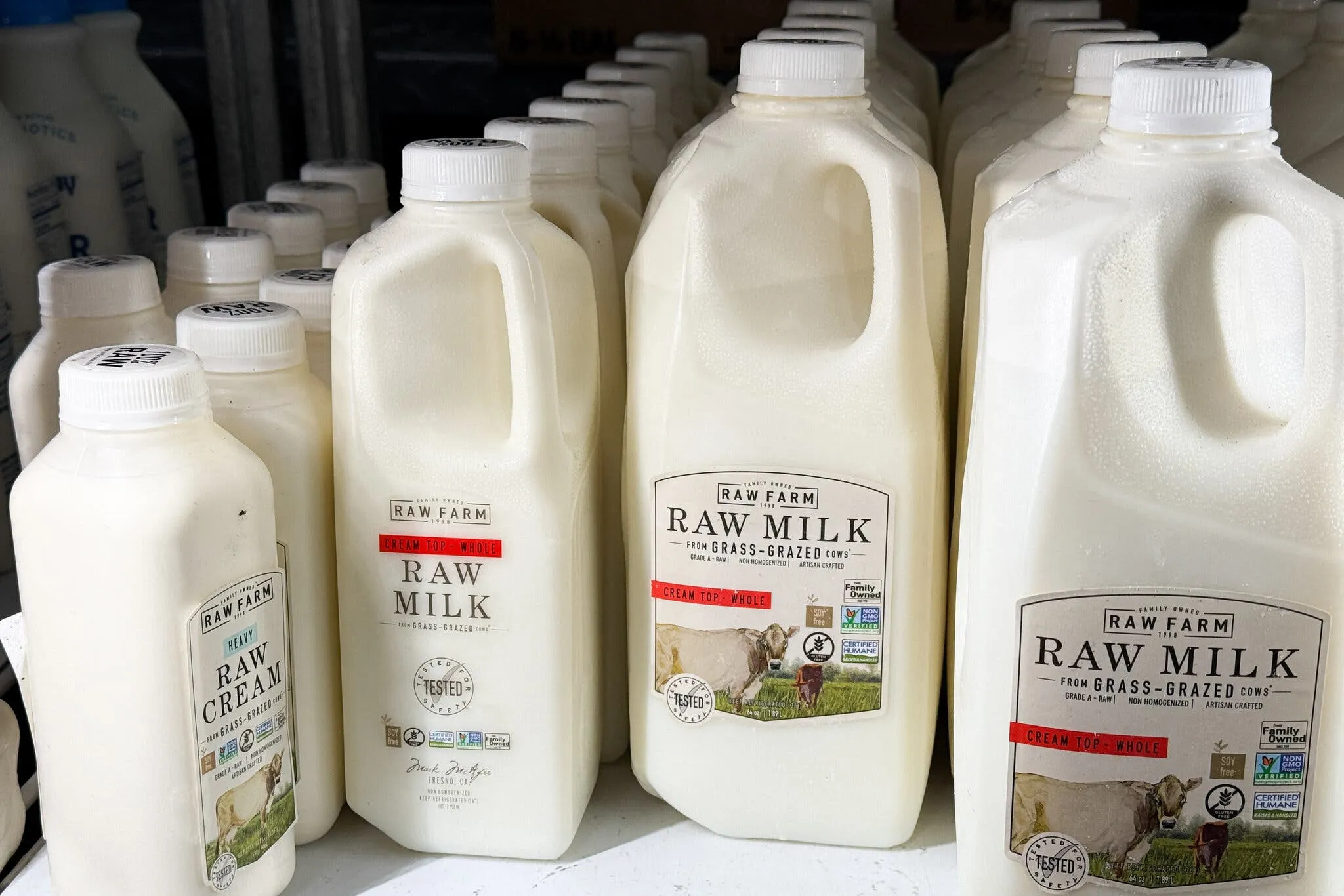Is the U.S. Facing a Bird Flu Crisis? Experts Sound the Alarm!
A growing concern is sweeping across the United States as health officials grapple with an unprecedented outbreak of avian influenza A(H5N1), raising critical questions about public health and potential pandemic risks.
The Centers for Disease Control and Prevention (CDC) has reported a multistate outbreak that is sending shockwaves through medical and agricultural communities. With over 58 confirmed human cases across seven states, the situation has become increasingly alarming, particularly following a notable case involving a child in California.
The Spreading Threat
Experts are closely monitoring the virus’s progression, noting some disturbing trends:
-
Unexpected Transmission Patterns: Cases have emerged among individuals with no direct contact with infected animals, suggesting potential human-to-human transmission risks.
-
Economic Devastation: The outbreak has already led to the culling of over 100 million birds since 2022, dramatically impacting poultry and egg prices nationwide.
“We’re dealing with a complex and potentially dangerous situation that requires immediate and coordinated action,” says Dr. Emily Richardson, an epidemiologist specializing in viral diseases.
Who is Most at Risk?
While the CDC currently assesses the immediate public risk as low, certain groups face higher exposure:
- Farm workers
- Agricultural professionals
- Individuals handling raw animal products
- People living in close proximity to livestock
Symptoms and Severity
Human infections can manifest in various ways, ranging from mild to severe:
- Mild Symptoms: Conjunctivitis
- Moderate Symptoms: Flu-like conditions
- Severe Symptoms: Respiratory complications
Critically, the mortality rate for bird flu in humans remains approximately 50%, though many infections may go unreported.
Prevention and Protection
The CDC recommends several preventive measures:
- Use personal protective equipment (PPE)
- Avoid direct contact with potentially infected animals
- Consume only pasteurized dairy products
- Practice rigorous hand hygiene
- Report any suspicious animal health conditions
Vaccination and Future Preparedness
The U.S. government is taking proactive steps:
- Developing candidate vaccines
- Maintaining a strategic national vaccine stockpile
- Increasing surveillance and monitoring efforts
Global Context and Collaboration
International health organizations are watching the situation closely. Countries like Finland and the United Kingdom are already securing vaccines for at-risk populations, highlighting the global nature of this potential threat.
“Collaboration between federal agencies, state health departments, and the agricultural industry is paramount,” notes Dr. Michael Chen, a public health expert.
What the Public Needs to Know
While panic is unnecessary, awareness is crucial. The bird flu situation remains fluid, and experts emphasize the importance of:
- Staying informed
- Following official health guidelines
- Maintaining basic hygiene practices
- Reporting unusual animal or personal health conditions
Looking Ahead
Although the current risk remains low, continuous monitoring and research are essential. The virus’s potential for mutation means vigilance is key to preventing a larger outbreak.
The story of bird flu is still being written, and every citizen has a role to play in understanding and mitigating potential risks.
Stay informed, stay safe.
Disclaimer: This article is based on current CDC reports and expert analysis as of November 2024. Always consult official health sources for the most up-to-date information.






Leave a Comment